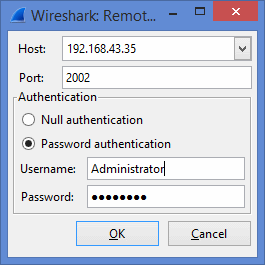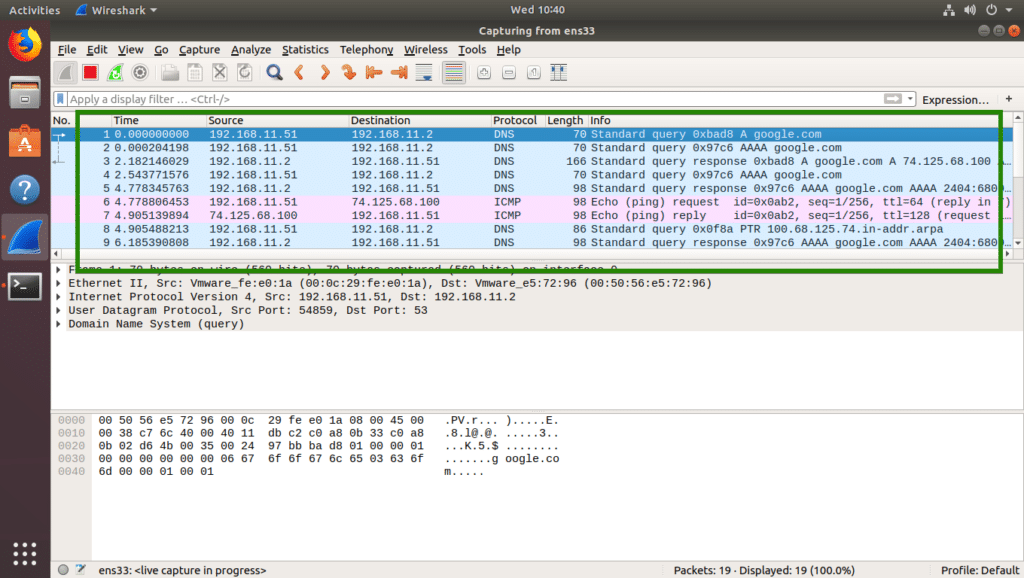

Also, the NTI daemon is present as part of the SMx software packages, so if you are using SMx to manage your AXOS networks, the NTI daemon is already present on that SMx machine.īest Practice: To avoid overextending internal filtering resources, Calix recommends the following:

Note: The NTI daemon is available for both 32-bit and 64-bit Linux servers. The NTI daemon uses UDP port 9999 by default. The daemon does this by reading a UDP socket and sending the data portion out a raw socket to the dummy device. The NTI daemon uses a virtual Ethernet interface (a "dummy interface") to screen the traffic from the AXOS system and sends it as captured by the AXOS system over to the Wireshark® application, removing any other network traffic. To use the Remote Packet Capture utility, you must first install both the Wireshark® application and an executable utility called the Network Traffic Intercept (NTI) daemon on a Linux server that is reachable via the AXOS E-Series system's IP management interfaces. Traffic sent to the remote server can then be analyzed via Wireshark. This topic describes how to set up a remote Linux server running the Wireshark® network protocol analyzer program to act as a receiver for traffic captured and sent by the AXOS system (using the Remote Packet Capture utility). Inspecting Packets via the Remote Packet Capture Utility


 0 kommentar(er)
0 kommentar(er)
